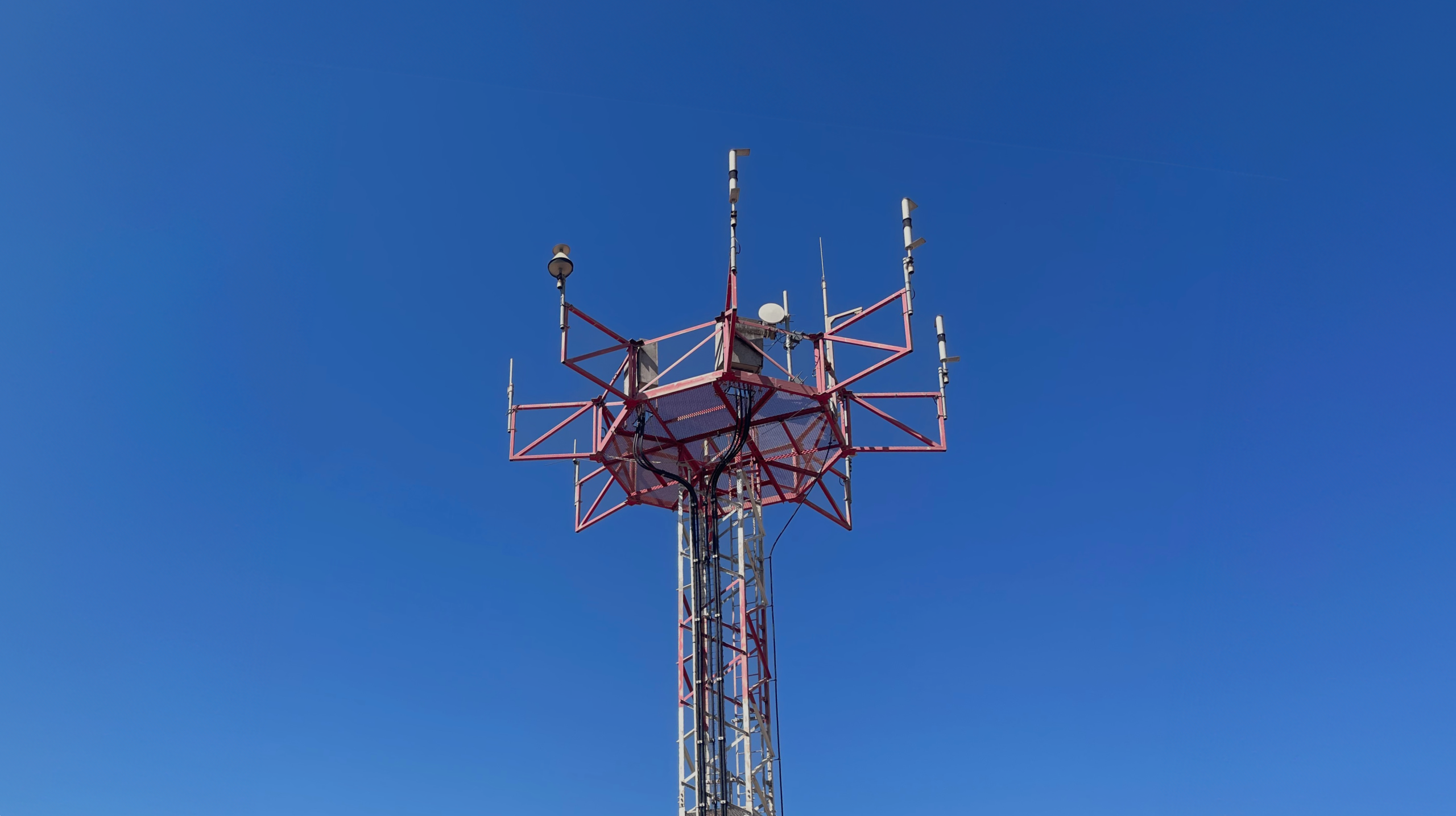Recently, news of flights being affected by interference, such as the incident involving Spanish Defense Minister, Margarita Robles or Ursula von der Leyen’s plane being forced to land manually after suffering GPS interference, has once again brought to light a growing risk: attacks on GNSS systems, which can affect both air safety and all kinds of critical operations.


Beyond the media impact, both incidents leave a troubling question:
What would have happened if they hadn’t had any room for maneuver?
Global dependence on GNSS (Global Navigation Satellite Systems) is total:
Air and maritime transport, telecommunications, logistics, defense, critical infrastructure… everything is synchronized and geolocated thanks to signals received from satellites.
And therefore, everything is vulnerable.
GNSS system degradations, whether deliberate (jamming, spoofing) or accidental, are not new challenges, but they are growing in frequency and sophistication. The question is no longer whether they can occur, but
Are we prepared to detect them in time and minimize their impact?
Why are these incidents significant?
- Because they show that threats to GNSS (spoofing, jamming, and unwanted interference) are not a remote possibility: they can even affect high-level missions with strict security protocols.
- Because they highlight the vulnerability of many critical infrastructures (airports, control towers, etc.) that depend on satellite positioning as a cornerstone of their operations.
- Because they remember that, in the event of satellite signal failures, backup procedures and systems can save the day, but they are not always provided with sufficient redundancy in all cases.
Lessons from incidents
For example, in the case of von der Leyen’s flight, several technical issues are raised:
- The aircraft was unable to rely on its usual GNSS system.
- The airport did not detect the interference in time.
- The crew had to act without knowing whether the situation was isolated, localized, or part of a larger threat.
The response was good. But what if there had been technology available to alert and assist in decision-making even before arriving at the airport?
At CENTUM, we have been working on precisely that for some time: solutions that strengthen the security of GNSS-based operations, enabling the detection, location, and response to attacks or interference. This is where Nojamzone comes in.
What does Nojamzone do?

- Immediate detection of GNSS degradation, whether jamming or spoofing.
- Precise location of the source of jamming interference, in order to take action or neutralize it.
- Automatic alerts and report generation providing on-demand spectrum visualization in GNSS bands, facilitating both immediate response and subsequent analysis.
- Versatile integration. Ideal for protecting vulnerable infrastructure (airports, connected airspaces, communication facilities) that are highly dependent on GNSS systems.
- Autonomous operation 24 hours a day, without the need for constant intervention.
These incidents, and others like them reported in recent months, underscore a clear reality:
Resilience in navigation depends not only on the system, but also on the tools that monitor it.
Technologies such as Nojamzone enable anticipation, provide accurate data for informed decision-making, and help regain control in moments when every second counts.
The von der Leyen flight incident was not a technological failure; it was a situation that could have been avoided with proper preparation. Some of the shortcomings that have come to light could have been mitigated with a solution such as Nojamzone:
- If the airport had active detection stations, the interference could have been quickly identified, allowing for pre-approach alerts.
- The crew could have had access to clear information about the reliability of the GPS prior to landing, helping them decide whether to use alternative navigation modes.
- At the airport, officials could have used the system reports to coordinate actions with air traffic controllers, local authorities, and the military if the interference was deliberate.
This latest news reminds us that, in today’s world, our dependence on GNSS is so great that the inherent risks cannot be ignored. Threats such as spoofing or jamming are becoming increasingly common, whether due to accidental or intentional technical reasons.
For organizations, infrastructures, and operations that depend on satellite positioning, having systems that detect and locate interference is not a luxury, it is a necessity.


